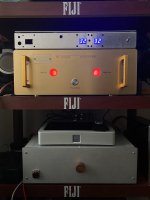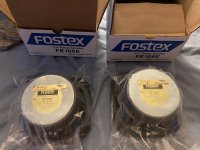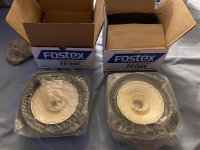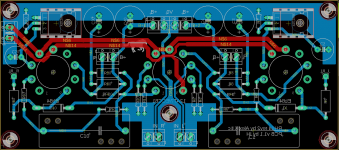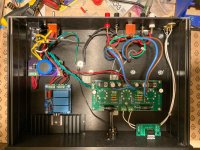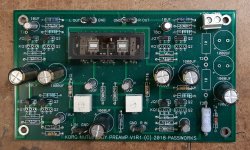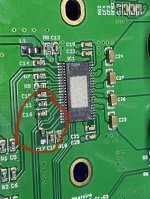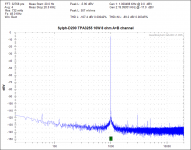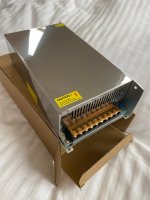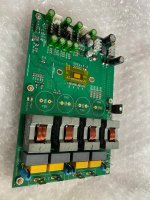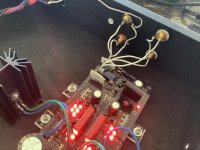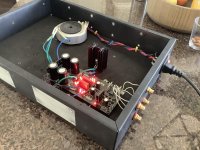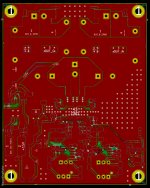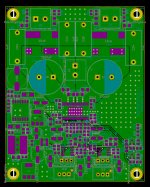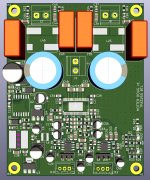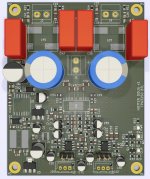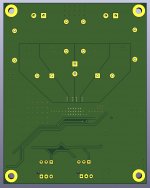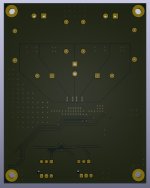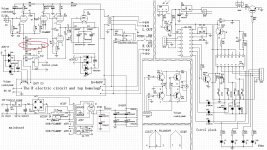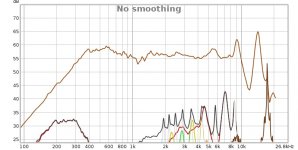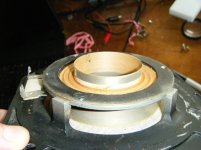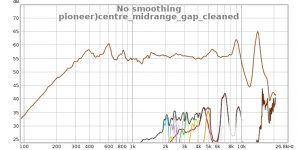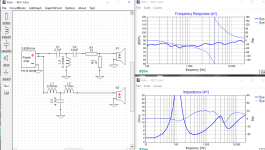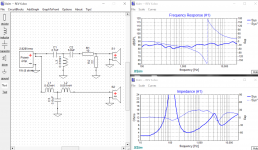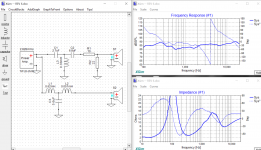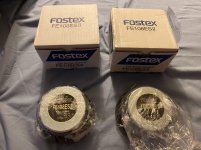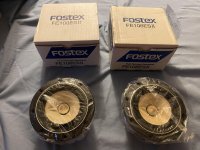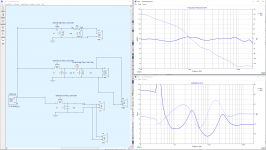Hey everyone. I haven't posted here in years. I know just enough to be dangerous. I just completed the first phase of restoring my Marantz 2CH (circa 2000-ish). This was one of my favourite amps because of it's simplicity, but lately I noticed the sound falling flat. It was never a Bryston but it was getting outright boring.
I upgraded components based on the Ver.2 upgrade parts manifest (attached) as well as some things that stood out to me:
- Replaced all electrolytics with Nichicon audio
- Instead of the Ver.2 spec 15000uF main caps, I used 10000uF caps like before, but placed a pair of 47uF Nichicon Muse caps closer to the transistors
- Replaced the secondary rectifier bridges with schottky 1A diodes
- Replaced the film caps with WIMA polypropylene 2.5%
- Replaced the main power traces with symmetrical 18GA copper
- Replaced the input/output wires with shielded copper
- Shielded the AC
- Removed the variable input
I can say now that I am a believer in basic stuff that some have called snake oil remedies. The difference is night and day! This amp sounds better than anything else I've heard out of Japan. Premium audio caps, schottky rectifiers, wire shielding, and trace fortifying make a huge difference when combined.
Phase II will be installing my USB 24/196 DAC directly into the case, eliminating the interconnects and yet more solder joints.
Out of this project many questions arose that I wonder if you could help me with. Don't bother writing a novel when a sentence will do:
1) If I put my ear against the left speaker with no inputs, I do hear a VERY faint 60hz hum. The right speaker is dead silent. When I play music it sounds crystal clear. Any ideas where to start looking? The Sanken transistors are original and have never been abused. The JRC2068DD op-amps are original as well. Those are the things that are great about this amp so I didn't touch them. Here is a top-down view and I've attached the PM8200 service man pages which have the same output stage.
2) I haven't tied the shielding down yet because the amp is ungrounded. Should I a) Tie them to the floating case? b) Install a grounded power cable just for the case/shielding or c) tie them to 0V?
3) Why do they put the rectifiers on the audio board? I understand that the caps need to be close to the transistors, but why not rectify the power and smooth it with one set of caps then send it over to the audio board and smooth the ripple with a second set of caps, thereby removing the AC current from the audio side? Two smaller caps are the same price or less than one cap of the same size anyway. I would have removed the bridges from the board already if the hum was coming from both speakers.
Thanks in advance and also thanks for all your inspiration!
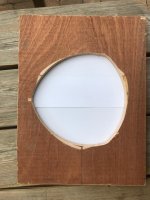
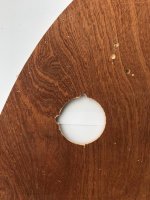

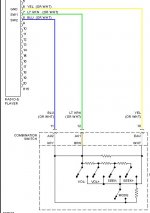
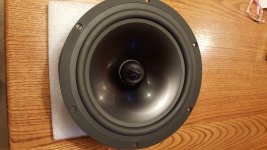
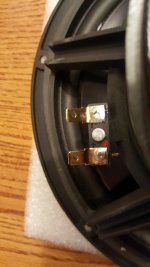

![PXL_20210420_011307795[1].jpg](/community/data/attachments/868/868285-8f47e961e9ca27952974ffa2f82813c8.jpg?hash=j0fpYenKJ5)
